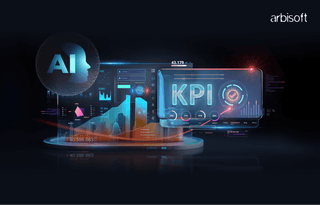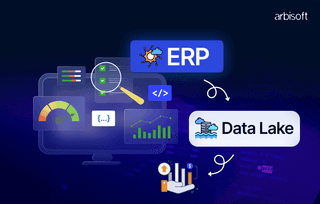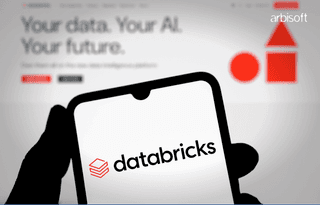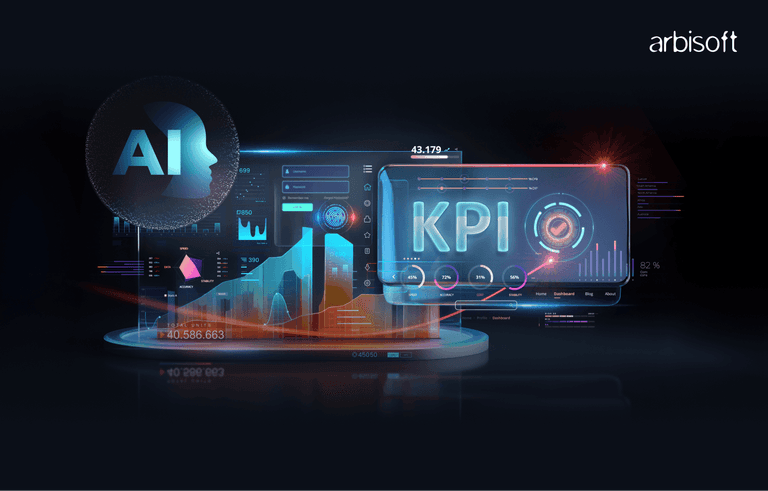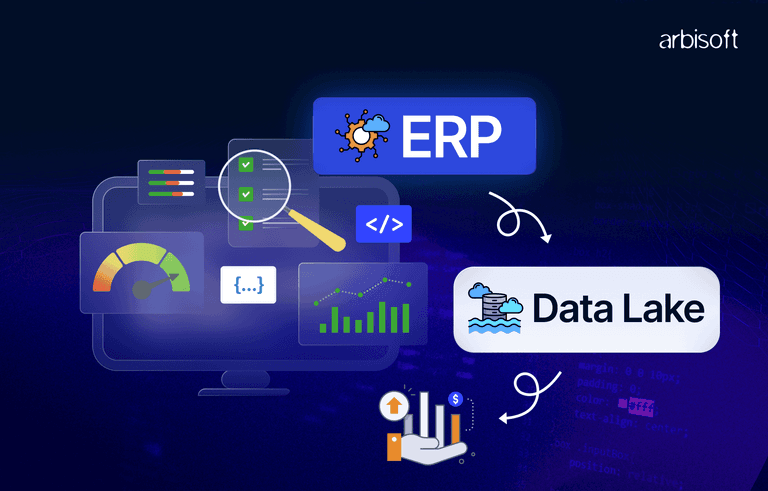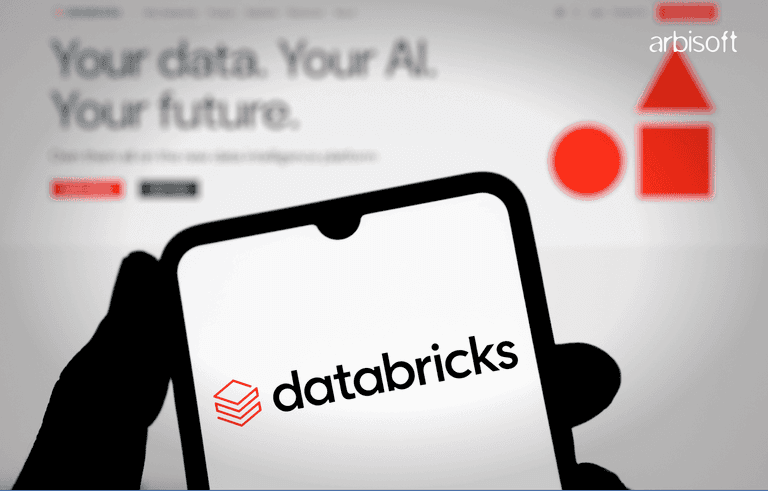We put excellence, value and quality above all - and it shows




A Technology Partnership That Goes Beyond Code

“Arbisoft has been my most trusted technology partner for now over 15 years. Arbisoft has very unique methods of recruiting and training, and the results demonstrate that. They have great teams, great positive attitudes and great communication.”
Secure Funding Faster: Why Scalable MVPs Outperform Vibe Coded Prototypes?
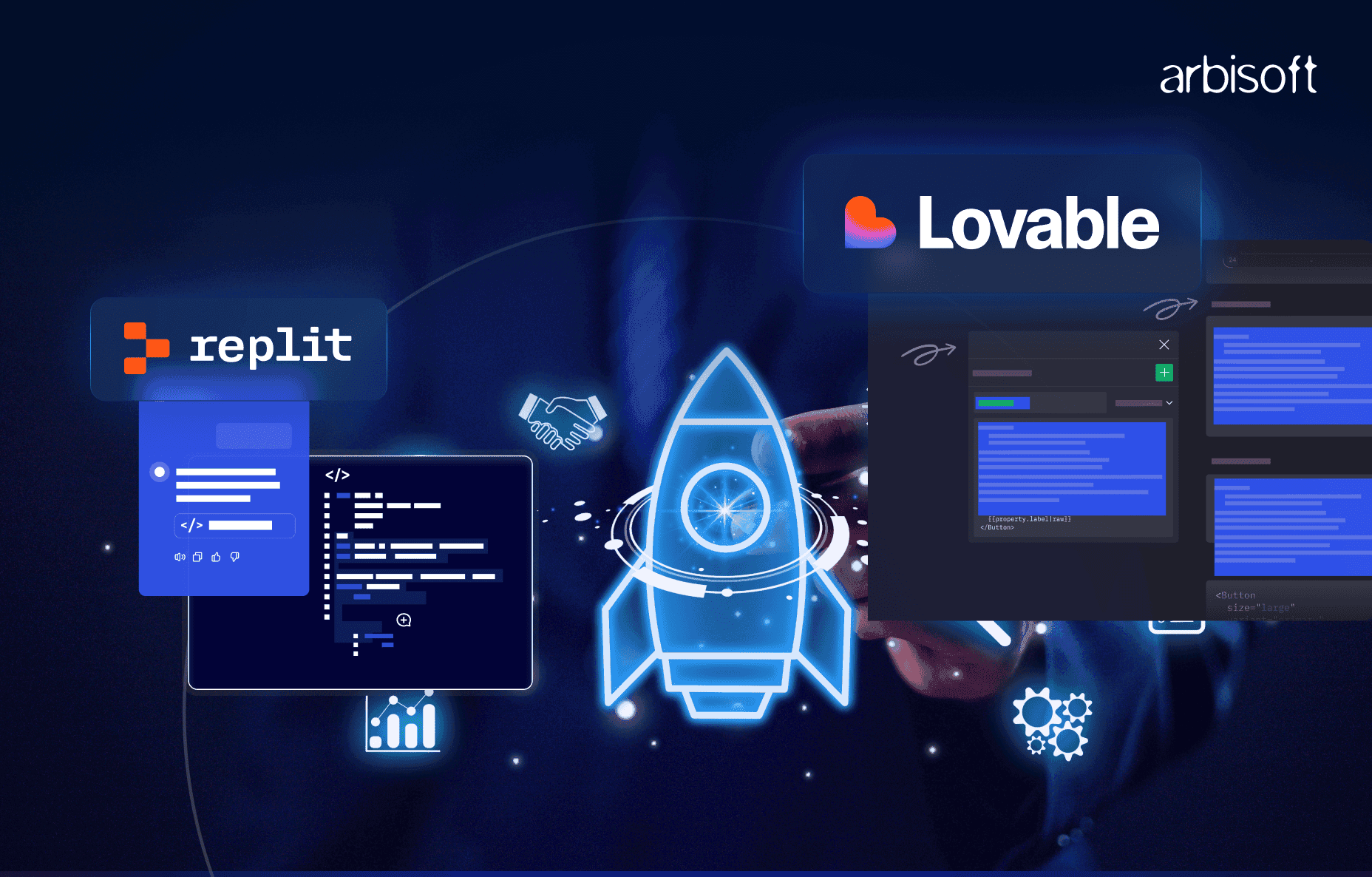
In the world of startups, timing is everything. Securing funding quickly is something that can make or break you. Investors do not fund ideas alone. They seek evidence of progress, operational capability, and a plan for growth. This makes the approach to product development critical. A scalable Minimum Viable Product (MVP) provides a foundation that a flashy vibe-coded prototype cannot match.
Let’s break down what separates scalable MVPs from the vibe-coded prototypes, why investors favor them, and how your startup can use this approach to secure funding faster.
Understanding the Difference: Scalable MVP vs. Vibe Coded Prototype
Vibe Coded Prototype
A vibe-coded prototype is mostly about appearance. It’s quick, it feels alive, but it isn’t ready for the real world. Usually, it:
- is fast to build, focusing on core interactions rather than the foundation
- prioritizes look and feel over a working back-end
- relies on hacks and shortcuts that won’t survive scale
- isn’t stable or secure enough for real users
Vibe coding is useful during ideation and early testing. It helps founders experiment with concepts and gauge initial interest. However, relying on a vibe coded prototype alone can mislead both the startup and potential investors. While the prototype may impress visually, it does not prove the startup can deliver a product capable of real-world use or sustainable growth.
Related read: The dark side of vibe coding
Scalable MVP
A scalable MVP is different. It’s an actual working product, built with growth in mind. Its hallmarks include:
- infrastructure that can handle more users and features down the line
- functional core features that deliver real value
- stability and basic security measures that show reliability
- readiness to impress investors with a clear technical understanding
It doesn’t need every feature under the sun, but it must prove the product’s foundation is solid. Investors want to see a runway, not a sketch.
Why Scalable MVPs Attract Funding Faster
Shows Technical Maturity
Investors back teams that understand what they’re building. A prototype may look cool, but it signals inexperience. A scalable MVP says, “We get it. We can handle growth.” It communicates seriousness and competence.
Lowers Perceived Risk
Early-stage investment is risky. Vibe-coded prototypes leave investors guessing how much time and money it will take to reach a usable product. A scalable MVP reduces this uncertainty, showing that the core is functional and ready to expand.
Enables Early Market Validation
A real MVP can be tested with actual users. You can collect retention data, measure engagement, and validate hypotheses. Investors love this kind of tangible evidence. A prototype can impress visually but rarely provides meaningful insights.
Facilitates Better Investor Conversations
With a scalable MVP, founders can talk specifics like technical challenges, growth plans, server architecture, cloud strategy, or future features. This depth builds credibility. Investors can see the roadmap, instead of just the concept.
Improves Funding Terms
When investors see less uncertainty, they often respond with bigger checks, better terms, and added support. That confidence translates directly into tangible advantages.

Real-World Example: Uber’s MVP Won Investor Confidence
Uber started with a simple MVP, an app that let users request and track black car rides in San Francisco. It wasn’t the full product we know today, but it proved real market demand and technical feasibility. This working MVP helped Uber secure $1.25 million in seed funding in early 2010, giving investors confidence that the idea could scale.
The Risk of Leaning Too Heavily on Prototypes
Prototypes have their uses: concept validation, brainstorming, or marketing visuals. But relying on them exclusively for funding can backfire.
a) Overvaluation
A prototype can give founders a false sense of value. They may expect high valuations based on a flashy demo. Investors, however, quickly notice the gap between a concept and a product capable of operating at scale. Misaligned expectations can delay funding and reduce credibility.
b) Scaling Problems
Prototypes rarely survive the transition to production. After securing funding, many startups must rebuild their product from scratch. This process consumes time and resources, delaying time to market and increasing operational costs. For many founders, this is where working with an MVP development company as a technology partner becomes a more strategic approach.
c) Loss of Investor Interest
Prototypes generate excitement in early pitches, but that enthusiasm can fade once investors realize the product lacks technical depth. Without a scalable MVP, follow-up meetings become harder to arrange, and the startup risks losing momentum with potential backers.
Bridging the Prototype-to-MVP Gap
Struggling to move beyond your vibe-coded prototype? We specialize in turning quick demos into production-ready MVPs that attract real users and real funding.
How to Build a Scalable MVP
i) Build with Growth in Mind
Rather than hacking together quick features, invest in scalable architecture from the beginning, even if you are only targeting a small initial audience. Use modular design, cloud services, and standard security protocols.
ii) Focus on Core Features That Solve Real Problems
Identify the most critical features that demonstrate value and build them well. Avoid overbuilding, but ensure these key features work reliably and can handle incremental growth.
iii) Iterate Based on Data and Feedback
Deploy your MVP to a select group of users early and gather meaningful usage data. Use this feedback to improve the product continuously and strengthen your business case.
iv) Invest in Security and Stability
Even if your MVP isn’t feature-complete, demonstrate that your product is reliable and secure enough for real users. This shows maturity and protects future reputation.
v) Prepare Clear Technical Documentation and Roadmaps
Communicate your scalability strategy and technical choices clearly. Having a documented plan for future enhancements will reassure investors about growth capabilities.
Our Firsthand Experience in Building a Scalable MVP
At Arbisoft, we’ve lived the journey from vibe-coded prototypes to scalable products ourselves. Take the Juniper Idea Bank, for example. What began as a quick prototype built on a low-code platform became a fully functional internal product supporting ideation, collaboration, and engagement across our teams.
The lesson? Prototypes are a great starting point, but growth comes from building a foundation that lasts. That’s where we step in. Whether it’s your first MVP or an evolution of an early prototype, we help startups move beyond the demo stage into products that earn investor confidence and user adoption.
If you're ready to evolve your prototype into a market-ready product that investors and users can trust, partner with us to complete your MVP.
Conclusion
Moving from concept to funding is a minefield. Vibe-coded prototypes can excite, but scalable MVPs convince. They lower risk, validate markets, and signal technical competence.
Startups that build for scalability over appearance often secure funding quicker, earn greater credibility, and set themselves up for sustainable growth. If you’re building a product today, rethink your MVP approach. Focus on the foundation first. Growth will follow, and investors will notice.








